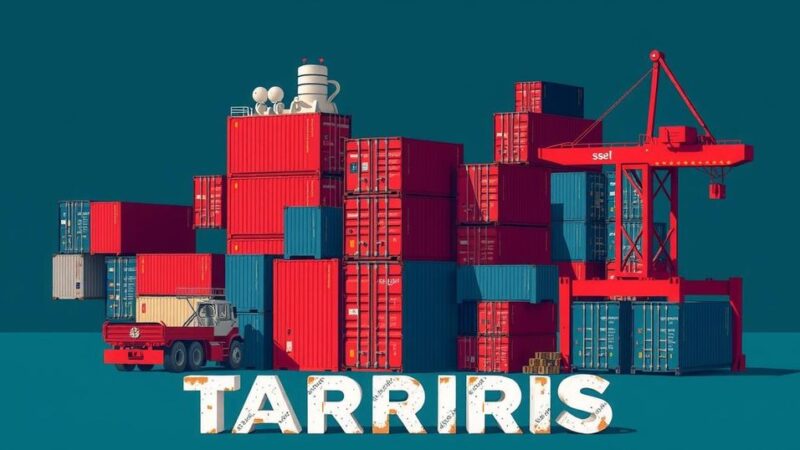This article examines the implications of stablecoin regulation in Kenya, highlighting opportunities and challenges. While stablecoins could enhance financial inclusion and cross-border transactions, barriers to adoption exist. The Central Bank’s cautious approach, potential for partnerships between banks and fintech, and the necessity for robust regulation to protect users against volatility and fraud are discussed. The future of digital assets in Kenya’s economy hinges on effective regulatory strategies.
The global movement towards stablecoin regulation is significantly influencing financial dynamics in various nations, including Kenya. The ongoing discussions regarding stablecoin regulation in the country present both promising opportunities and formidable challenges as Kenya seeks to incorporate digital currencies into its financial infrastructure.
Kenya, recognized for its leadership in financial inclusion through platforms like M-Pesa, faces both advantages and disadvantages with the introduction of stablecoins. While stablecoins could enhance financial accessibility, their integration requires blockchain knowledge and reliable internet access, which might hinder widespread adoption. Effective regulation may, however, enable stablecoins to complement existing mobile money systems through efficient cross-border transactions.
As one of Africa’s largest remittance recipients, Kenya stands to benefit from the transformative potential of stablecoins in cross-border transactions. Traditional remittance channels often entail high fees and delays; stablecoins offer a cost-effective, rapid, and transparent alternative. Nevertheless, without a sound regulatory framework, concerns regarding fraud and market volatility could overshadow these benefits.
The emphasis on achieving robust regulations, spurred by global discourse on stablecoins, highlights various challenges that Kenya faces. These challenges include the prevention of money laundering and fraud, consumer protection, and the implications for monetary policy. Though the Central Bank of Kenya has expressed caution regarding digital currencies, its interest in exploring Central Bank Digital Currency (CBDC) options indicates a potential integration of stablecoins within traditional banking frameworks.
The traditional rivalry perceived between Kenyan banks and digital currencies may evolve with the advent of stablecoin regulation, encouraging banks to innovate rather than resist change. Stablecoins could enhance cross-border payments and foster partnerships between established financial institutions and rising fintech companies, establishing a more inclusive financial landscape.
As Kenya contemplates launching a CBDC, stablecoins may serve as an interim private-sector alternative before the full implementation of government-backed digital currencies. A critical question arises: should Kenya regulate stablecoins in conjunction with a CBDC, or should it prioritize the latter to build a robust digital financial framework?
Regulatory clarity may also position Kenya as an attractive center for crypto investments and blockchain advancements. The anticipated adoption of stablecoins may stimulate growth in crypto-friendly startups, increased foreign investment in fintech, and a broader array of digital asset payment solutions.
Notably, the inherent volatility of stablecoins must not be overlooked. Despite their designation as ‘stable,’ factors such as regulatory changes, liquidity challenges, and technological disruptions may influence their stability. For Kenya to successfully implement stablecoin regulation, it must establish protective measures to safeguard users from associated risks, thereby ensuring financial stability.
In summary, as the global landscape of stablecoins evolves, Kenya’s regulatory approach will significantly impact the nation’s digital economy. The potential for enhanced financial inclusion, cross-border transaction efficiencies, and fintech innovation hinges upon carefully crafted regulations that mitigate risks while promoting growth. Policymakers, fintech innovators, and banking institutions must collaborate to lay the groundwork for a secure and inclusive regulatory environment that fosters meaningful engagement with digital assets.
In conclusion, the trajectory of stablecoin regulation in Kenya presents a crucial opportunity for financial inclusion and economic innovation. The nation must navigate the balance between harnessing the benefits of digital assets while effectively managing potential risks associated with volatility and regulatory challenges. Collaborative efforts among stakeholders will be essential in crafting a regulatory framework that not only supports stablecoin integration but also bolsters Kenya’s position within the global digital financial ecosystem.
Original Source: techtrendske.co.ke






